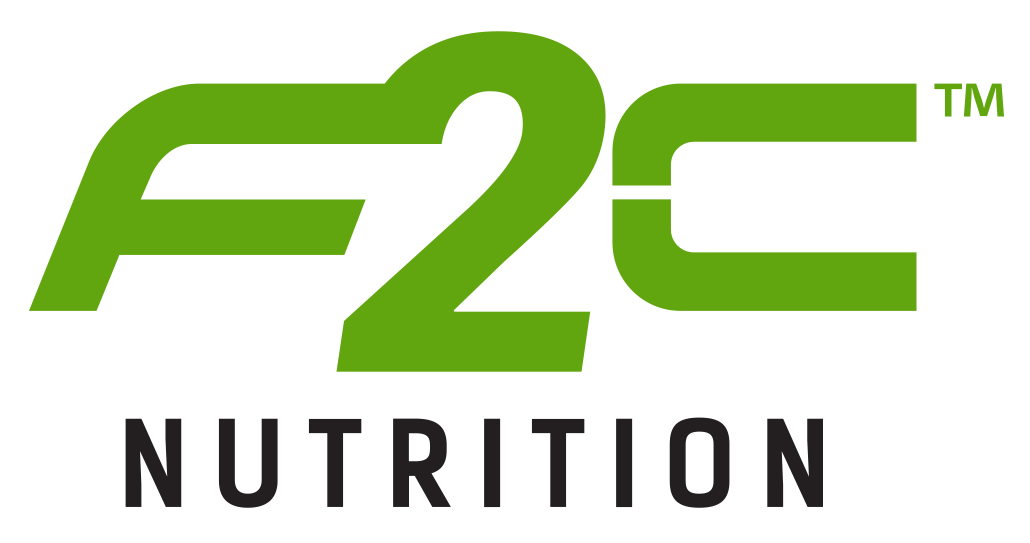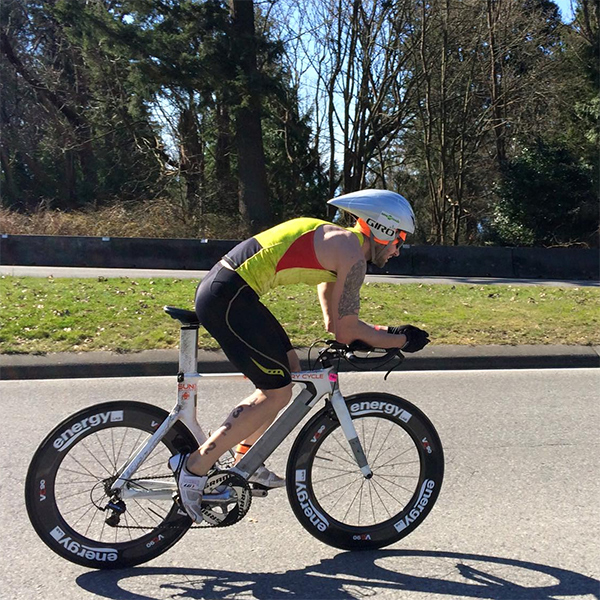Three nutrition tips/lessons I’ve learned through Triathlon.
Experimentation. It’s a valued part of our young sport of triathlon, particularly in the realm of sports nutrition. And while we’re past the days of the 80s legends taking taking bags of dates, bananas, and baby formula with them onto the Ironman bike, the mindset of “this could go really, really bad…but… it might work!” needs to be cultivated—both in training and nutrition— to keep alive that pioneering spirit that made our sport so fascinating to begin with.
[Training-and-nutrition-gone-wrong stories will have to be another blog post, where I might write about the time I went high-protein and mixed eggs, tuna, and cheese together in an improv lunch at work (would’ve gotten fired if the workplace hadn’t had good ventilation), or about the time I bonked so hard and got so dehydrated on a ride that people couldn’t understand my speech (they thought that I’d broken my jaw—or that I was French Canadian)].
As it stands, here are 3 lessons learned from 10+ years of incredibly fun experimentation. They’ve all paid off in my racing career and beyond, and I hope they’ll be of some help to you.
Lesson 1: The best thing you can do for your nutrition program is to train sensibly.
In the same way that you can’t out-train poor nutrition, you can’t “out-nutrition” training that takes you outside your ability to absorb, adapt and improve—even with nutrition aids of the caliber that F2C produces. Products like PharmaGreens and Rehab 3:1 (my favorites) make a noticeable difference, but that’s not license to make their job almost impossible through overzealous workouts that cause breakdown in the body. So in order to maximize the nutrition regimen that you’ve put time and effort into, periodically review your training system, and ask yourself if it’s the type of reasonable, constructive work that, coupled with optimal nutrition, will lead you to consistent growth and results.
Some questions worth asking:
“Was my last interval my best (was I stronger at the end than at the beginning)?”
“Did I finish the session not absolutely smashed but “pleasantly tired?” (This is from Arthur Lydiard. It worked in the ‘60s and it works now).
“Could I repeat this session tomorrow if I had to?”
“Am I slightly hungry (to refuel) or absolutely starving? Or on the opposite end, am I feeling too sick to eat?”
Questions like these have a huge effect on your nutrition practice; having your body ready to absorb the right food makes a huge difference. This took me a few years to get, but it paid off in spades.
Lesson 2: Timing is a very important part of nutrition—but…
It’s very easy for a Type-A triathlete to become almost superstitious when it comes to certain parts of the sport. This isn’t totally unhealthy if it encourages meticulous preparation, among other things. But less-than-optimal nutrition timing—or, more specifically, the athletes’ reaction to it—can paralyze an athlete and sabotage their progress.
For example, PharmaGreens is ideally taken first thing in the morning, on an empty stomach. This will maximize its benefits and set you up for the best possible day of training and recovery. For Rehab 3:1, it’s right after your workout/race. Get that carb/protein blend right into you, do damage control, and start the healing process.
However, the taking of PharmaGreens first thing can conflict with the morning routines of some athletes, and the cost of readjustment might not be worth changing things up. Likewise with Rehab 3:1; some stomachs are not ready to consume anything for perhaps an hour after a race or hard session. The question I commonly get in these situations is “is it even worth taking?”
My answer is always “absolutely.”
Taking PharmaGreens midday in a shake——as I do by necessity—-may not maximize its ability to alkalinize the body. However, not taking it at all will leave the body in that much worse of a state. Moreover, the very act of stressing about something—in this case nutrition timing— tends to be very harmful and catabolic, negating all of your efforts in putting together a good nutrition plan in the first place.
When it comes to supporting your training through sound nutrition, “that” you are introducing an awesome nutrition aid like PharmaGreens into your program is more important than a particular “when.” Aspire to take the products in the most ideal way, but accept that even if you have to vary the timing a little, you’re on the right track. Even—especially—with nutrition, it’s important to not let imperfect circumstances affect your consistency and progress.
Lesson 3: Establish a firm nutrition foundation….then pile the junk on top.
I got this from listening to professional strongman Derek Poundstone, and have reaped the benefits ever since. The idea is that at the times in a competitive season where daily caloric requirements increase so drastically that your menu expands to include questionably-good-for-you foods (or straight up junk), what will keep you together and on the right track through this period is a solid nutrition base. “Solid nutrition base” means eating to ensure that your body’s requirements of vitamins, minerals, antioxidants, healthy fats, protein, fibre, and phytonutrients are seen to.
I’ve tested this. In early years, living on a garbage diet produced half decent but unsatisfactory results (although pasta covered in salad dressing tastes incredible…). Ditto the uber-nutritious route, with which I could not pack in adequate calories to consistently train at a high level. My best competitive seasons were fueled by a balanced approach wherein the above nutrients were consumed, but if a pb&j on wonderbread—or 3–magically appeared in my lunch bag, no sweat.
I’ve found this to be a much more empowering approach than “I must eat [X]!!! I want that donut!! Agh!! Wanting it makes me bad! If I eat it that makes me evil!!” This is a mental state that many athletes (and people in general)have found themselves in before. It’s really not helpful.
You want the donut(s), or beer? Okay! Before that though, have you
had your multi and omega 3s with breakfast? And taken your PharmaGreens? And had a good amount of protein and fibre with the meal you had before you started eyeing the donut?
Yes to all? Good! Have at it. If you have the fundamentals down pat, you can freestyle once in a while. And you’ll probably be better off for it.
There you have it. Three lessons learned through trial and error and much intestinal discomfort. I hope some of this can be of use to you in your triathlon pursuits.
Catch Nathan’s blog at www.nathanchampness.blogspot.ca and follow him on Instagram at @natechampness


